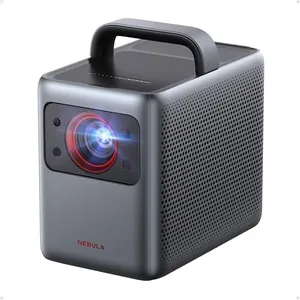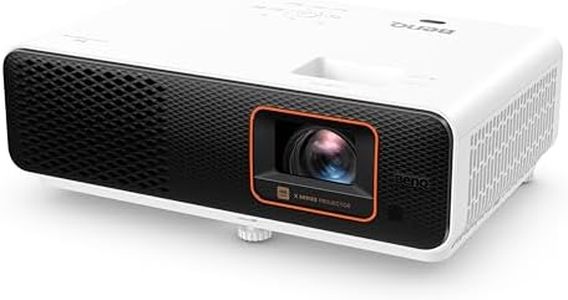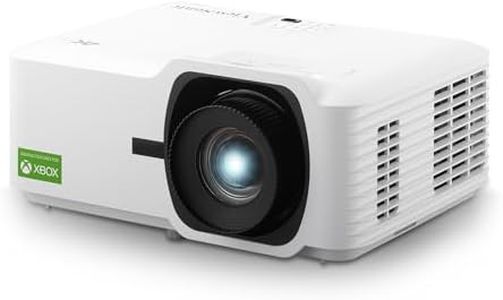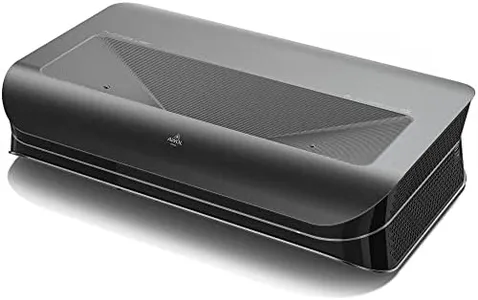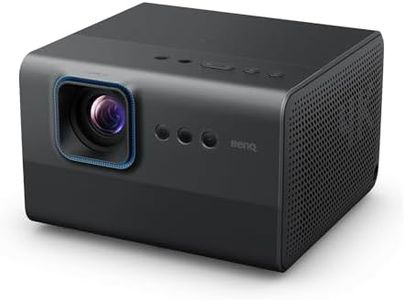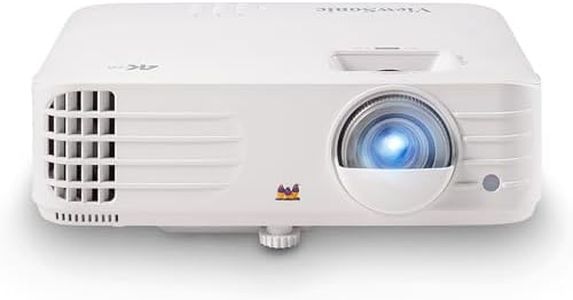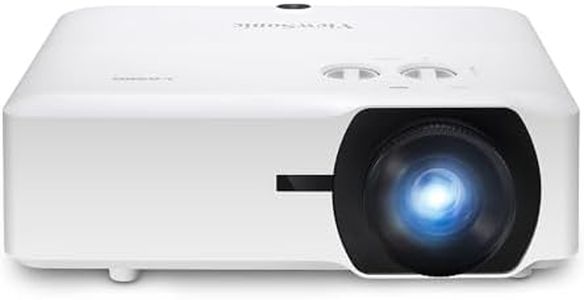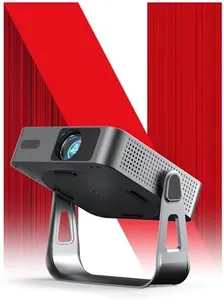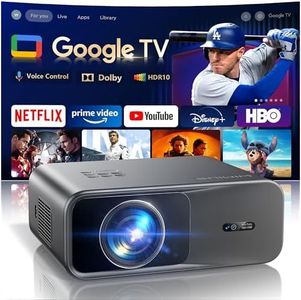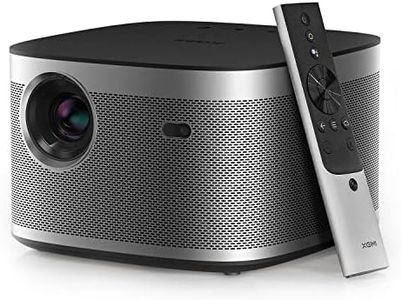We Use CookiesWe use cookies to enhance the security, performance,
functionality and for analytical and promotional activities. By continuing to browse this site you
are agreeing to our privacy policy
10 Best Church Projector
From leading brands and best sellers available on the web.Buying Guide for the Best Church Projector
Choosing a projector for a church involves considering how and where you'll use it—whether it's for sermons, music lyrics, or community events. The space (size, lighting conditions), expected audience, and the types of visuals you plan to display all play a significant role. The best approach is to match your projector's features to your church's unique needs to ensure your presentations are clear, vibrant, and easy to see for everyone in attendance. Understanding the key features will help you make a confident and effective choice.Brightness (Lumens)Brightness, measured in lumens, tells you how well the projector performs in different lighting conditions. This is crucial for churches because these spaces are often well-lit and may have windows. Projectors below 2,500 lumens are best for small, dark rooms, while projectors between 2,500 and 4,000 lumens work well for medium-sized rooms with moderate light. For large sanctuaries or rooms with lots of ambient light, projectors with 4,000 lumens or more ensure your images and text remain visible. Think about your space's typical lighting when deciding on brightness.
ResolutionResolution is the number of pixels the projector can display, affecting image clarity, especially for text and detailed images. Higher resolutions such as 1080p (Full HD) or 4K will look sharper, which is useful for displaying lyrics or scripture. For basic use and simple slides, standard HD (720p) may suffice, but for larger screens or to avoid blurry text, 1080p is usually preferred. Match the resolution to the type of content you display and how large you need the image to be.
Throw Distance and Lens TypeThe throw distance refers to how far the projector needs to be from the screen to produce a certain image size, and lens type determines placement flexibility. Standard throw projectors need to be placed farther away, while short throw or ultra-short throw models can sit closer to the screen—handy for avoiding shadows and for tight spaces. If your projector will be at the back of a long room, a standard throw works. If space is limited or you want the projector near the screen, go for a short or ultra-short throw. Always measure your installation space before choosing.
ConnectivityConnectivity options determine what devices you can plug into your projector. Common connections include HDMI (for computers, Blu-ray players), VGA (older laptops), and sometimes USB or wireless options. More inputs allow for greater flexibility if you plan to connect multiple devices or want easy setup between services. Consider the types of devices you use most often and make sure the projector has the right ports.
Speaker Quality and Audio OutputsWhile many projectors include built-in speakers, these are often not strong enough for larger spaces like churches. It's important to check whether the projector includes audio output ports so you can connect to your church's sound system. If high sound quality is important for your services or events, plan to use external speakers and verify compatibility with the projector's audio options.
Portability and Installation FlexibilitySome churches need projectors that are easy to move for multi-purpose spaces or events, while others can install a projector permanently. Portable projectors are lighter and easier to set up, while installable projectors often offer more positioning options such as ceiling mounts and adjustable zoom/lens shift. Decide if your projector will stay in one place or move around and choose a model that fits your setup needs.

